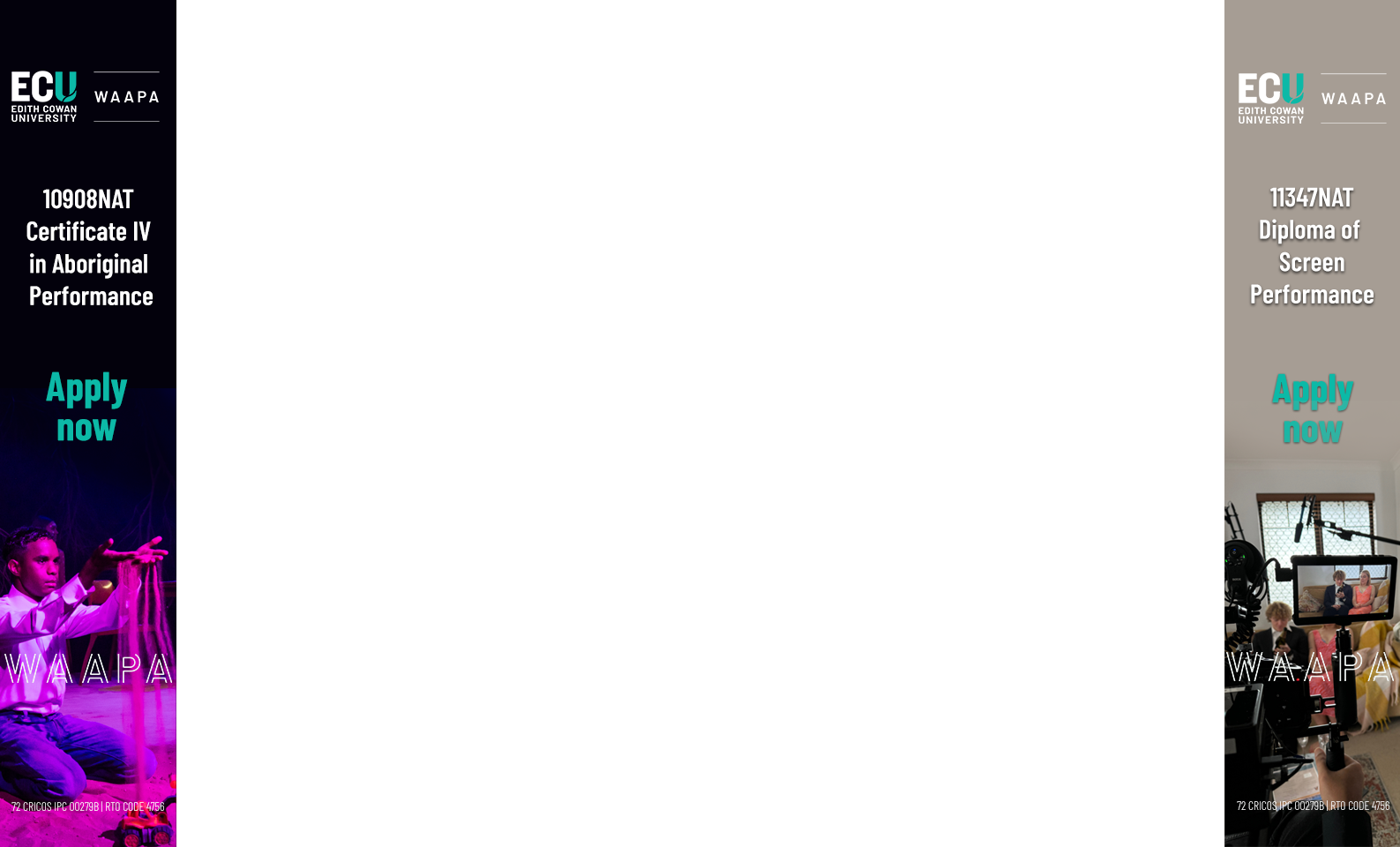By FilmInk Staff
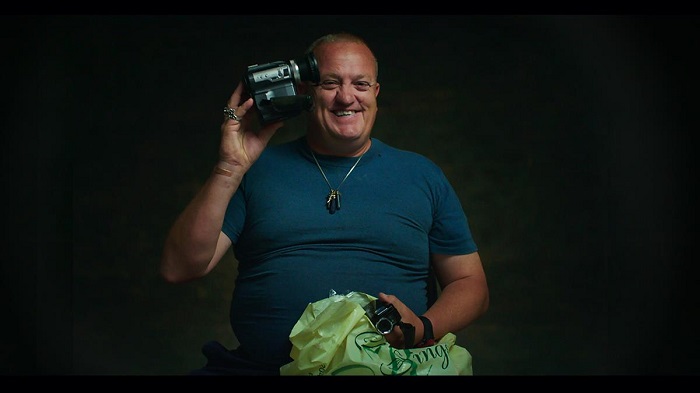
GHOSTHUNTER (2018) Ghosthunter is a film about hunting ghosts, but not in the sense that Ghostbusters is a film about hunting ghosts. While ‘real’ ghost hunting does occasionally occur, the film’s title alludes to a far deeper meaning. Our protagonist, Jason, spends much of the film searching for the ghosts of his past; people and places long forgotten by him but vital to the sort of person he has become. Jason is an intimidating figure, with a scar running down the side of his face and tattoos up his arms, but by the end of the movie we are presented with a completely different person. A victim of abusive parents, Jason’s agitation is apparent – has he become his father or is he his own person? It’s undeniably heartbreaking but intriguing nonetheless. As it was filmed over a six-year period, there are understandably a few instances where Ghosthunter loses its footing, particularly in the second half. The complications of the plot wrap themselves up within the first hour, and the final third of the movie shifts the focus back to Jason as he attempts to fix his forever-changed life. It is when the camera is on Jason, however, that Ghosthunter manages to spread its wings. Oscar Dow

THE LAST IMPRESARIO (2013) On a sunny day in Cannes, Australian actress and filmmaker, Gracie Otto, introduces a frail man with a speech impediment, a man known by everyone. Before the opening credits, she has you hooked. Who is this crumpled pensioner, why does everyone know and love him, and what has ruined his health? She doesn’t let go as we dive headlong into the life of Michael White. The last of his kind, he was the producer behind stage hits like Oh! Calcutta! and Crazy For You!, and films like Monty Python And The Holy Grail, My Dinner With Andre, and The Rocky Horror Picture Show. The Last Impresario is a riveting portrait of a playboy producer who shaped over five decades of entertainment, and emerged relatively intact. Never a great talker, it is Otto’s unfettered access to White’s friends that brings scorching detail to his life and times. It’s an enthralling account. While a heavy diet of drink, drugs, and gambling did his reputation no lasting harm, three strokes have left White leaning on two walking sticks. Convinced that “there’s no advantage in growing old” and clearly frustrated by his physical state, the 88-year-old continues to party like he was 28. Colin Fraser
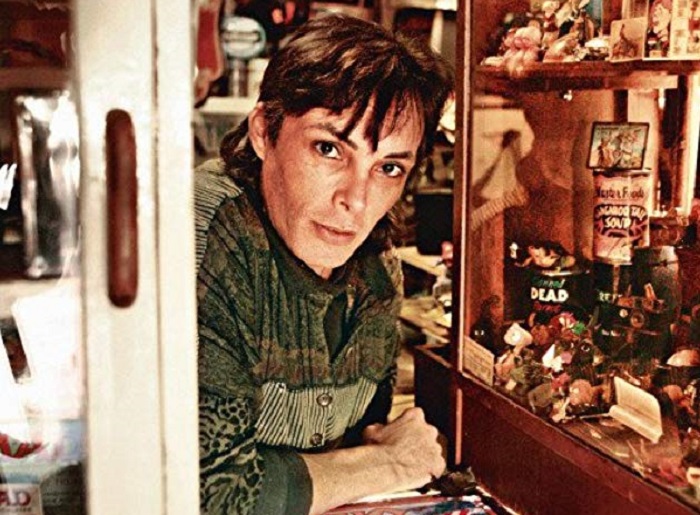
RICHARD (2007) Shot through the innocent eyes of young filmmaker Maya Newell (who would later go on to make the much discussed Gayby Baby), this touching documentary tells the heart wrenching story of Richard Blackie, the proprietor of a famous toy and collectables store in Sydney’s inner west suburb of Petersham. Over cups of instant coffee, Newell brilliantly explores with Richard his passion for collectables, his love for his brood of teacup Chihuahuas, and his time as a Michael Jackson impersonator. Richard endearingly shows Newell how to perform Jackson’s dance moves, and explains his decision to put an end to his successful impersonating career. Through her friendship with Richard, Newell respectfully captures his financial and personal struggles, as well as his crushing decision to close his store, and the death of one of his favourite pets, which ultimately leads to a serious deterioration in his mental health. This must-see documentary captures one man’s frailty in a deeply sensitive manner, and speaks to the youthful Newell’s extraordinary maturity in producing a film which so movingly introduces us to one of the most “interestingest people” (as Richard describes himself at one point) you’ll ever encounter. Samantha Kinross
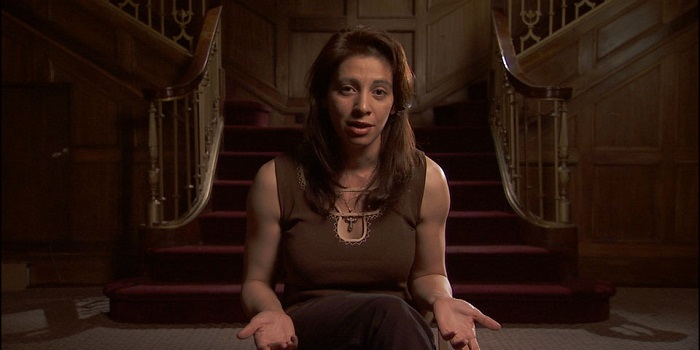
FORBIDDEN LIE$ (2007) “Everything you see in this country is smoke and mirrors,” snaps Norma Khouri, her flat American-Jordanian monotone cracking suggestively as she turns away from the camera. Is that a tear she wipes away? Oh, the beautiful cinematic irony. Everything about Norma Khouri is larger than life. Hers is a tale that sits somewhere at the literary junction of Mills & Boon and John Le Carre. The international scandal surrounding Khouri’s bestselling book Forbidden Love, a “factual” account of her friend Dalia’s horrific murder in an honour killing in Jordan, was at its peak when Australian filmmaker Anna Broinowski approached Norma. Offering her the opportunity to silence all those who had labeled her a fake and a liar, Broinowski suggested that they travel to Jordan so that Khouri could prove the truth of her story. The result is a totally engrossing piece of filmmaking, in which an apparently straightforward expedition is gradually exposed as a journey through a hall of mirrors, with deception giving way to deception and truth constantly deferred just out of sight…even beyond that of the filmmaker herself. Outside interviews provide context, but the real fascination lies with Khouri herself, as we become the latest targets of her confidence-trickery. Alexandra Coghlan
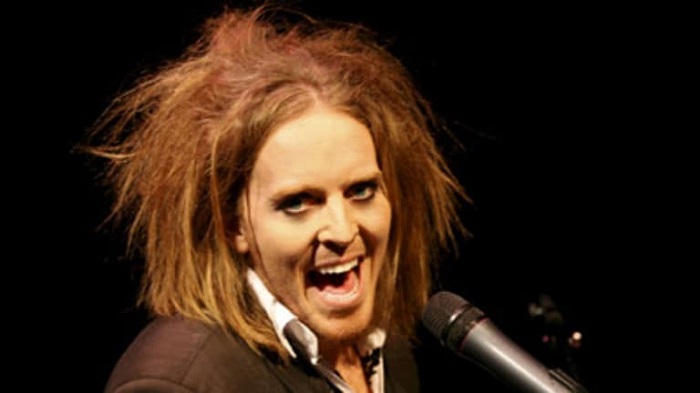
ROCK N ROLL NERD (2008) From the beginning of Rhian Skirving’s engaging 2008, pre-Matilda portrait of the rise and rise of musical comedian Tim Minchin, you realise how canny she must have been, and how self-aware he was. Any number of recently-arrived-to-Melbourne comedy wannabes would have enabled her to produce an interesting film about not making it at the Melbourne International Comedy Festival. Instead she picks a guy who lives and breathes, as well as dreams, his art, and we follow him from before his makeover, when the flabby kid still had short, curly hair, all the way to…well, to the comedic equivalent of the toppermost of the poppermost. The film travels from Minchin’s initial Directors’ Award-winning Melbourne Festival debut, through to his phenomenally successful Edinburgh Fringe season followed by the dangerous “second album syndrome” of his next Melbourne Festival show. Along the way, we’re also witness to squirm-inducing and highly awkward management and finance meetings, which ultimately and circuitously lead to unassailable personal and professional success. Parallel to the unfolding of Tim Minchin’s amazing career is the story of his and wife Sarah’s attempts to play house. Theirs is a difficult, tragedy-inflected relationship, and it makes this doco compelling viewing. Dom Romeo
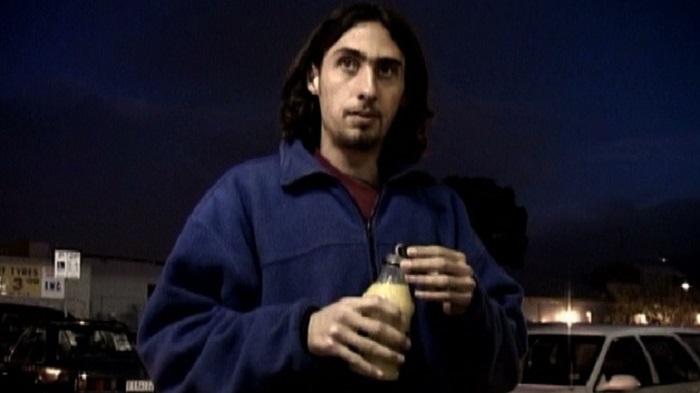
JISOE (2005) More than a run of the mill “personality documentary”, Jisoe’s director Eddie Martin uses its protagonist – Justin “Jisoe” Hughes – as a conduit with which to ask broad questions about culture, art and class. His camera follows Hughes as he tags, steals and runs – a day-in-the-life exploration of one of Melbourne’s most notorious graffiti artists – but mostly just lets him talk. Hughes is a veritable fountain of remarkably poetic profanity, with the nuggets of his wisdom derived from a vagabond, anti-establishment youth, and distilled through the aerosol hiss and marijuana smoke of his daily life. Hughes is a walking embodiment of the problem of graffiti in many big cities: uninterested in tagging for commission, he knows well that extended periods without writing lead him to serial antisocial behaviour. Stories of his type are common, but the strength of this particular telling lies in the fact that its lead is able to conceptualise the debasement of his existence, and succeeds in putting a distinct voice forward. This is a warts and all tale – the protagonist’s diffident, astute moments are more than compensated for by bad behaviour and repellent arrogance – but the doco maintains a remarkable credibility. Brian Duff
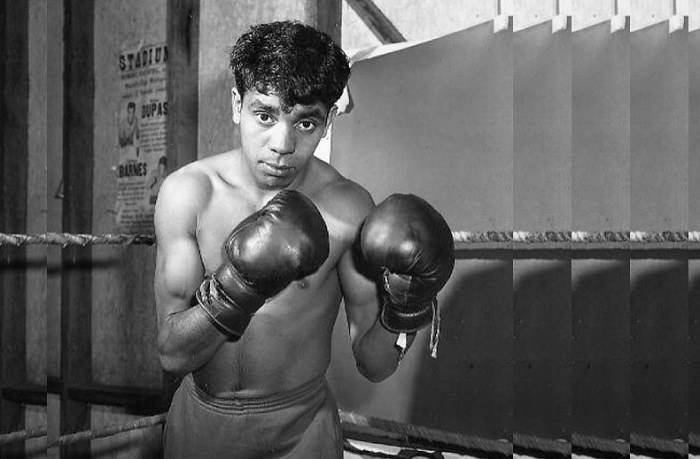
LIONEL (2008) Lionel Rose is one of this country’s true champions, and also one of its first Aboriginal superstars. When bantamweight boxer Rose beat Japanese champ, Fighting Harada, for the world championship, he captured the hearts of a nation. 250,000 people hit the streets to welcome him home in a massive ticker tape parade, and he later went on to a successful recording career, delivering two hit singles, one of which was written by Johnny Young. Lionel Rose’s story is a classic rags-to-riches tale, and also an essentially Australian one. This beautifully constructed documentary from director Eddie Martin (Jisoe) is a fantastic portrait of this complex hero. Cinematic in tone and feel, this is a real film, unlike many docos. Martin also hits just the right tone in terms of respect and investigation: it’s clear that he loves his subject, but he doesn’t hide his considerable flaws. Eschewing comment from journalists and boxing experts, Martin instead uses extensive interviews with Rose himself (surely the most unassuming world champion in the history of boxing), as well as his nearest and dearest – the result is a stunningly intimate documentary that stands as a fine testament to a great Australian. Erin Free

BASTARDY (2008) This is an absolutely compelling and involving documentary, about an utterly singular man. Writer-director Amiel Courtin-Wilson (Chasing Buddha) follows Jack Charles over a period of seven years, and – with the charismatic Charles himself providing the commentary – builds an unforgettable filmic portrait. So who is Jack? There’s no simple answer to that, and therein lies the fascination. He’s diminutive yet imposing, with a beard and long flowing hair that suggest a mix of gnome and Old Testament prophet. He’s an Aborigine – born in 1943 – and a (typically) outrageously treated member of The Stolen Generation. He’s a veteran actor of stage and screen, and founded the first Aboriginal theatre company. He featured in The Chant Of Jimmie Blacksmith and Bedevil. He’s a deeply moving blues singer. He’s also a long term heroin addict, and an intermittent burglar and jailbird. But even the diversity of Jack’s “CV” is not the central point here – it’s his take on it, and how he articulates it. You alternate between wanting to hug Jack for his vulnerability, and shake him for his amorality. Bastardy is quite extraordinary, and consistently surprising. Mark Demetrius
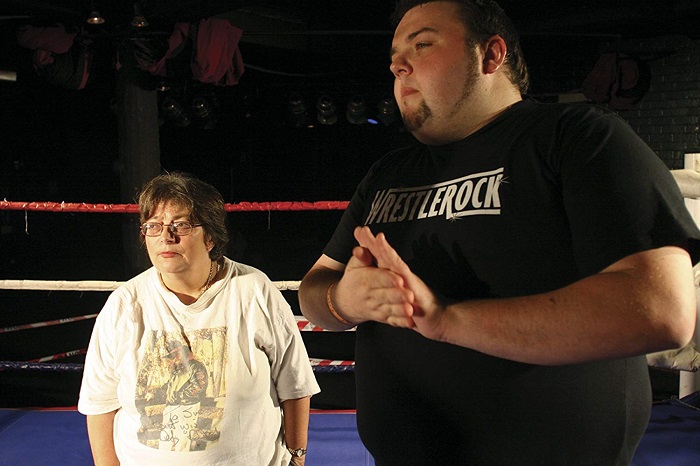
LOVESTRUCK: WRESTLING’S NO. 1 FAN (2007) Through her years on Triple J, The Movie Show and Project Greenlight, Megan Spencer has proven to be a sensitive and highly astute film critic. With Lovestruck: Wrestling’s No. 1 Fan, she proved herself to be a sensitive and highly astute filmmaker. This is the fascinating and occasionally heartbreaking story of Sue Chuter, a nuggety, bespectacled, straight-talking little Melbourne woman deeply into professional wrestling. For a period of over ten years, Spencer followed Chuter around with a video camera, capturing her life in all its strange, mundane glory. Chuter lives and breathes wrestling (her home is literally plastered with memorabilia), attending local meets, watching it on television ad nauseum, talking about it at length and even zigzagging across the world to meet up with her favourite wrestlers. The film makes for a fascinating portrait, as Spencer’s intimate approach takes us right into this woman’s life. During a scene where Sue reunites with her estranged daughter, it gets so raw that you actually question your right to be there. It’s tough stuff indeed, and is rendered with straightforward simplicity by director Spencer, who eschews cinematic trickery in favour of blunt realism, resulting in an immediate, deeply affecting film. Erin Free

UNFOLDING FLORENCE: THE MANY LIVES OF FLORENCE BROADHURST (2006) Florence Broadhurst was a self-made woman – literally. Depending on whom she was talking to, the flamboyant, globetrotting, A-list socialite claimed she was a British artist, a boutique owner, a cabaret singer or even French…and gave different names each time. Her true origins, however, were that of a blue collar Aussie kid from Queensland. By the time she was a young woman, Florence hot-footed it to Shanghai, and became a famous ‘20s cabaret performer before conning her way into the upper crust, making friends with the queen, setting up a groundbreaking wallpaper factory in Australia, and finally getting herself brutally murdered in 1977. When the 78-year-old was found dead, her many friends discovered each fraudulent incarnation of this compulsive liar’s fantasy-made-real. In this inventive doco, director Gillian Armstrong weaves butterfly-bright reenactments, off-the-wall animations and eye-gouging displays of Florence’s beautiful designs through the standard checklist of interviews with adoring groupies and friends. Broadhurst is literally illustrated in a manner that mirrors the inextinguishable energy of the real life woman, while delving fairly into her dishonesty and her very ugly, unsolved murder. This kinetic documentary makes Broadhurst seem so alive and so alluring – visually detailing her shocking feats of charm and fraud using actors and visual artistry. Marta Jary
